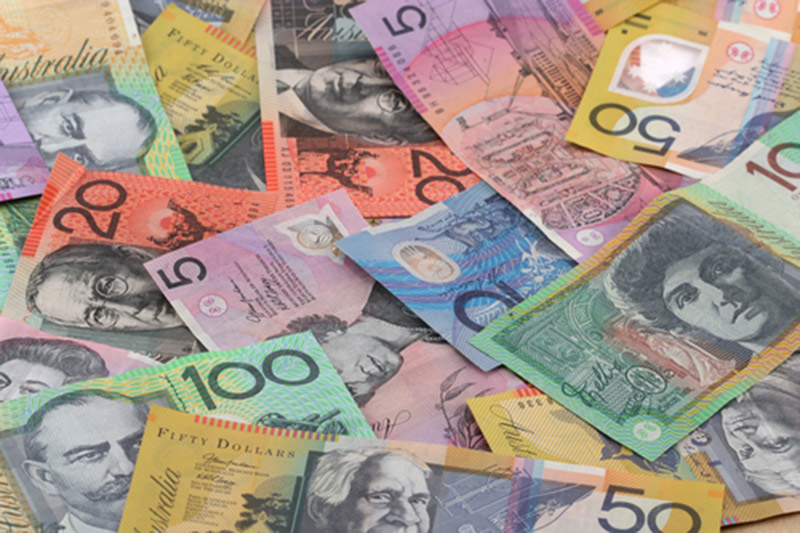Investing.com - The Australian dollar was flat in Asian trade on Tuesday after minutes of the Reserve Bank of Australia's March board meeting came in along expected lines.
AUD/USD traded at 0.9086, down 0.02%, following the release of the minutes.
The RBA said it kept its cash rate at a record low 2.5% in March and said it will stay there for a "period" because the level continues to support economic activity and a weaker exchange rate is achieving balancing growth in the economy though it remains a worry. The central bank reiterated the exchange rate remains high by historical standards and remained a concern as it has showed little sign of staying below the $0.9000 level.
"The board would continue to examine the data over the period ahead, with members noting that, if the economy was to evolve broadly as expected, then the most prudent course was likely to be period of stability in interest rates," the minutes said.
USD/JPY traded at 101.79, up 0.02% andEUR/USD traded at 1.3933 +0.0010 +0.08%.
Overnight, the dollar traded mixed against most major currencies as investors applauded waning fears that the Ukraine standoff will escalate and hit-or-miss U.S. production data softened the greenback.
More than over 90% of Crimean voters on Sunday chose to break with Ukraine and join Russia. Crimea's Parliament on Monday formally asked to join the Russian Federation.
Sanctions followed as expected.
European Union foreign ministers imposed travel bans and asset freezes on 21 people they have linked to the push to have Crimea secede from Ukraine and be annexed by Russia. U.S. President Barack Obama also imposed sanctions on several Russian officials involved in the incursion of Crimea, which included freezing assets in the U.S.
Still, markets were expecting more widespread action from the West, and the limited extent of the action enticed investors away from safe-haven gold positions, which softened the precious metal.
Gold has served as a safe-haven of choice during the Ukraine crisis, and the dollar found room to rise somewhat as gold fell, as the two assets tend to trade inversely with one another.
Data revealed earlier that U.S. industrial production rose 0.6% in February, exceeding expectations for a 0.1% gain. Industrial production in January was revised to a 0.2% fall from a previously estimated 0.3% decline.
In a separate report, the Federal Reserve Bank of New York said its Empire State manufacturing index ticked up to 5.6 this month from 4.5 in February, missing expectations for a rise to 6.0.
The conflicting data sent many to the sidelines awaiting the Federal Reserve's March decision on monetary policy due out on Wednesday, the first under new Chair Janet Yellen.
In Europe, official data revealed earlier that the euro zone's consumer price index rose 0.3% last month, below expectations for a 0.4% increase, after a 1.1% decline in January.
Year-on-year, consumer price inflation rose 0.7% in February, compared to expectations for a 0.8% increase, after a 0.8% gain in January.
However, core consumer price inflation, which excludes food, energy, alcohol, and tobacco, rose 0.5% in February, after a 1.7% fall the previous month and in line with market expectations.
The euro zone's core consumer price index rose 1.0% in February, also in line with expectations.
The dollar index, which tracks the performance of the greenback versus a basket of six other major currencies, was down 0.01% at 79.49.
On Tuesday, the U.S. is to produce data on consumer inflation, in addition to reports on building permits and housing starts.
